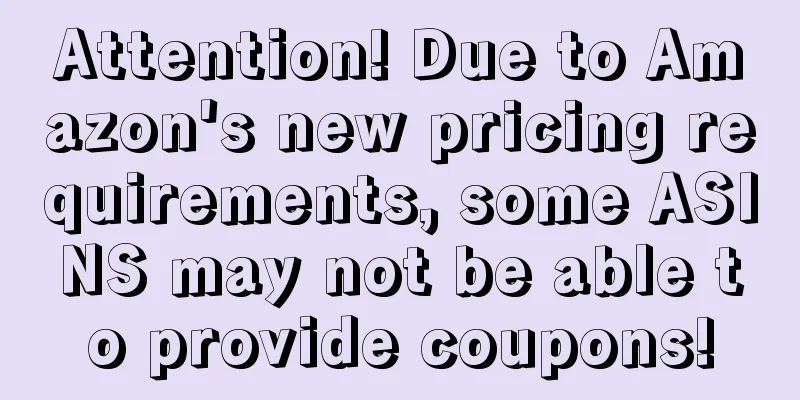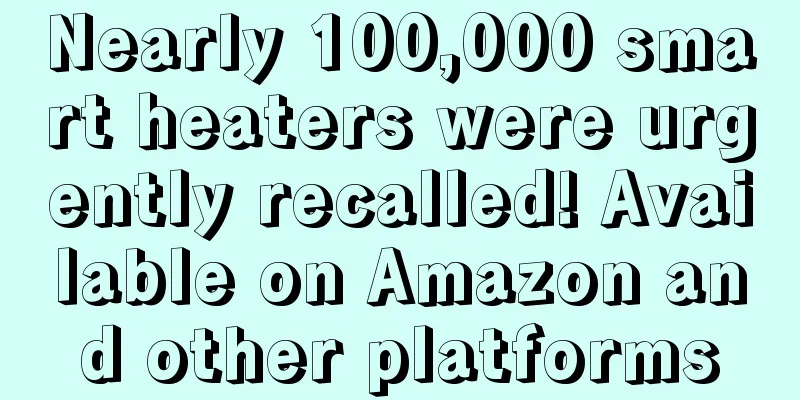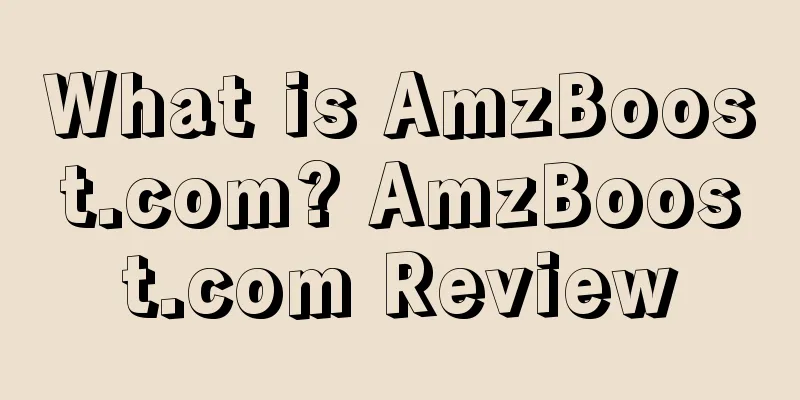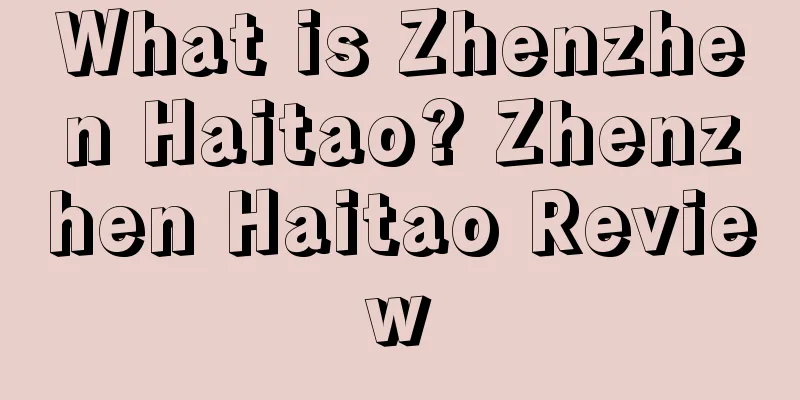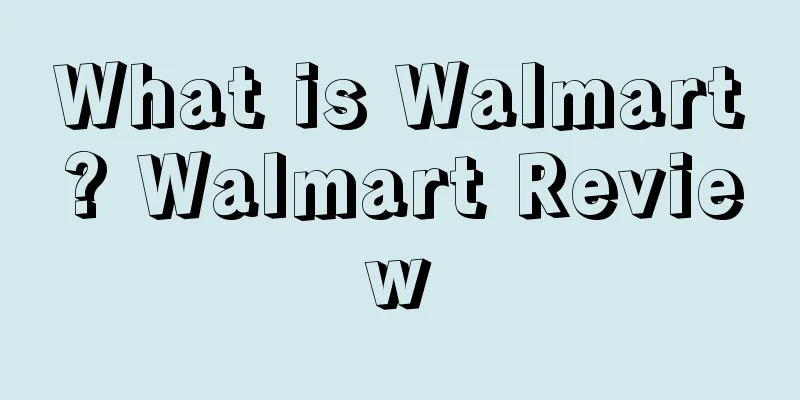What is the RoHS Directive? RoHS Directive Review
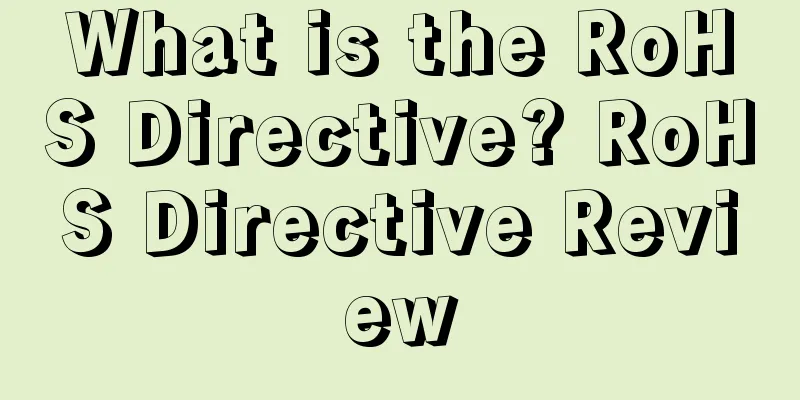
The RoHS Directive is the "EU Directive on the Restriction of the Use of Certain Hazardous Substances in Electrical and Electronic Equipment" passed by the European Parliament and the Council in 2002. It stipulates that from July 1, 2006, EU member states should limit the content of six hazardous substances, including lead, mercury, cadmium, hexavalent chromium, polybrominated biphenyls (PBB) and polybrominated diphenyl ethers (PBDE), in the ten major categories of electrical and electronic equipment put on the market. It is also known as Directive 2002/95/EC. In 2005, the EU supplemented it in the form of Resolution 2005/618/EC, which clearly stipulated the maximum limit values of the six hazardous substances, as shown in the table below. Purpose Environmental Protection and Health Chinese RoHS Directive English Restriction of use of certain Hazardous Substances in EEE Passed January 2003OverviewAccording to the RoHS Directive, from July 1, 2006, all electrical and electronic equipment sold in the EU market must prohibit the use of heavy metals such as lead, mercury, cadmium, hexavalent chromium, and smoldering agents such as polybrominated diphenyl ethers (PBDE) and polybrominated biphenyls (PBB). Scope of applicationThe 27 member states of the European Union: Britain (left the EU in 2016), France, Germany, Italy, the Netherlands, Belgium, Luxembourg, Denmark, Ireland, Greece, Spain, Portugal, Austria, Sweden, Finland, Cyprus, Hungary, Czech Republic, Estonia, Latvia, Lithuania, Malta, Poland, Slovakia, Slovenia, Bulgaria, and Romania. The RoHS directive controls product types, covering the electronic and electrical products listed in the catalog below AC1000V and DC1500V: Large household appliances; small household appliances; IT and communication equipment; consumer electronic and electrical equipment; lighting equipment; electronic and electrical tools (except large fixed industrial tools); toys, leisure and sports equipment; vending machines; semiconductor devices. It not only includes the whole machine product, but also includes the parts, raw materials and packaging used to produce the whole machine, and is related to the entire production chain. Certification bodiesAny third-party notarization laboratory with the corresponding qualifications and capabilities can provide similar services to enterprises. PurposeFirst, establish technical barriers to raise the threshold for product entry Second, strengthen environmental protection and ensure sustainable development Countries around the world, especially developed countries, pay close attention to the introduction of the RoHS Directive. Some call it a green environmental protection directive, some call it a technical barrier directive, and some call it a directive that affects the nerves of the global manufacturing industry. RoHS CertificationIf your products are not RoHS certified, it will cause immeasurable damage to the manufacturers. Your products will then be ignored and you will lose the market. If your products are lucky enough to enter the other party's market, once they are discovered, you will be subject to high fines or even criminal detention, which may lead to the closure of the entire enterprise. developOn July 1, 2011, the European Parliament and the Council published Directive 2011/65/EU (ROHS 2.0) in the Official Journal of the European Union to replace 2002/95/EC (ROHS 1.0). The new directive will come into effect 20 days later (i.e. July 21, 2011). On June 4, 2015, the Official Journal of the European Union (OJ) published the RoHS2.0 revised Directive (EU) 2015/863, which officially included DEHP, BBP, DBP and DIBP in the list of restricted substances in Appendix II. In ChinaChina is a global manufacturing powerhouse and a major exporter of products. More than 70% of its total exports involve the RoHS directive. Therefore, the Chinese government also attaches great importance to related issues and officially promulgated the "Measures for the Prevention and Control of Pollution from Electronic Information Products" on February 28, 2006, which came into effect on March 1, 2007. Simply put, it is a toxic and hazardous substance test. References
|
<<: What are Search Terms? Search Terms Review
>>: What is Amazon Q&A? Amazon Q&A Review
Recommend
List of some cross-border e-commerce platforms in various countries that you don’t know!
USA · Tanga Positioning: A well-known American e-c...
DHL invests $78 million to expand Miami International Airport! Improve international service capabilities!
According to foreign media reports, DHL announced ...
Amazon faces new antitrust charges: forcing sellers to use its high-cost logistics service
<span data-shimo-docs="[[20,"获悉,近日亚马逊遭到了明尼...
What is Hootsuite? Hootsuite Review
Hootsuite is a Canadian social media management pl...
What is BIGO LIVE? BIGO LIVE Review
BIGO LIVE is the largest live streaming company in...
A9 algorithm cracked! It only takes 3 days for keywords to appear on the homepage!
Getting keywords on the homepage is a long-term pu...
What is fanzle? fanzle review
fanzle.com can batch generate product links contai...
What is AICPA? AICPA Assessment
The American Institute of Certified Public Account...
What challenges do cross-border sellers face in shipping during the epidemic?
No one expected that 2020 would start off with suc...
Advertising spending tripled, and these brands spent heavily on Prime Day
It is learned that according to "ModerRetail&...
Year-end thoughts: This year, our team of 8 has achieved sales of 40 million yuan, with a profit of about 4 million yuan. I have the following thoughts and would like to ask the experts for advice...
Anonymous user My C position History always repeat...
Picking up zombie listings and being fined 600,000! The first big seller fined for abusing variants has appeared
Great news, friends. Today, the Federal Trade Comm...
What is FeedbackFive? FeedbackFive Review
FeedbackFive focuses on helping sellers manage buy...
[Tracking] Can Amazon still go from zero orders to huge orders within a week?
In the past, when orders could be placed as soon a...


